May 2015. When I checked John Burroughs’s first book of nature essays, Wake-Robin, out of the Stanford Library where I was an undergraduate, I wrote him off as an eastern nature wimp. My hero was John Muir, who described climbing to the top of a 100-foot tall Douglas fir in a Sierran storm to experience the world from a swaying treetop, keeping alive through a sudden blizzard on the top of Mount Shasta by steaming first his front then back over a volcanic vent, and making a solo first ascent of 13,300-foot Mount Ritter.
But on a recent trip to the Hudson Valley I stopped at Slabsides, John Burroughs’s historic cabin and writing shack. We took a walk through the green woods on a cool, grey afternoon, and for the first time I got to know a bit more about this salient figure in American nature writing. Water chuckled as it cascaded down mossy flagstone shelves, and a hermit thrush sang his haunting song in the deep woods.
John Burroughs (1837–1921) was an influential and important 19th Century voice for nature, whose influence echoes to the present day. He may not have been as physically strong and wild as Muir (1838–1914), and he certainly lived in a tamer environment, but in some ways, as I came to understand, he was perhaps personally and philosophically even more radical than his friend “John o’ the Mountains.” Live and learn.
Burroughs grew up on a Catskills foothills farm called Woodchuck Lodge, not far from Roxbury, New York. In 1857 he married Ursula North, the daughter of a prosperous local farmer. Interested in local natural history from a young age, Burroughs hoped to become a writer, and he had his first break in 1860 when the Atlantic Monthly published his essay “Expression.” The editor at first thought Burroughs had plagiarized the work from Ralph Waldo Emerson because it was so similar in tone. He became interested in the poetry of Walt Whitman, and met Whitman in Washington, D.C., in November 1863. The two became close friends. In 1864, Burroughs accepted a position as a clerk at the Department of the Treasury in Washington. The Walt Whitman Archive alludes to a complicated relationship between Burroughs and his wife, and between she and Walt Whitman.
His job at Treasury toward the end of the Civil War apparently wasn’t too demanding, and it was here that Burroughs wrote Wake-Robin, published by Houghton Mifflin in 1871. According his biographer Clara Barrus, “Many years later I visited that office with the one-time Treasury clerk, saw the high mahogany desk at which he had written much of Wake Robin and Winter Sunshine, and even saw some of his former associates. One of those elderly women told me that although Mr. Burroughs was “always scribbling in his spare time,” she had no idea then that he was writing a book. But as no captious quartermaster was there to object to this use of his slack time, he there recalled the memories of former saunterings in woods and fields, weaving them into his early nature essays.”
Burroughs was perhaps the American heir of Gilbert White, an English cleric whose book, The Natural History of Selborne, first published in 1789, is a formative and foundational piece of both ecological thinking and nature writing. Charles Darwin made a “pilgrimage to the shrine of Gilbert White” in Selborne, according to Donald Worster. John Burroughs visited Selborne in the 1880s, and wrote an introduction to an 1895 edition of White’s book. For White, and later for Burroughs, nature was local, and holy.
Burroughs eventually become a federal bank examiner, and in 1873 left Washington for New York. The next year he bought a farm in West Park, New York, on the west bank of the Hudson River, where he built his Riverby Estate. He grew various crops before eventually focusing on table grapes.
In 1893, John Muir travelled east from California, stopping in Chicago to visit the Columbian Exhibition, and then on to New York. His editor at Century Magazine, Robert Underwood Johnson, was determined to introduce him to all of the important people he could think of. One of those was John Burroughs, who travelled down to the city from his home at Riverby, and, according to Donald Worster’s biography of Muir, “the two Johns were instantly mated for life.”
In 1895, Burroughs bought a piece of land near Riverby where he and his son built a cabin that he called “Slabsides.” At Slabsides he wrote, grew celery, and entertained visitors. In his 1904 book Far and Near he explained that ” … I was offered a tract of wild land, barely a mile from home, that contained a secluded nook and a few acres of level, fertile land shut off from the vain and noisy world by a wooded precipitous mountain… and built me a rustic house there, which I call ‘Slabsides’, because its outer walls are covered with slabs. I might have given it a prettier name, but not one more fit, or more in keeping with the mood that brought me thither … Life has a different flavor here. It is reduced to simpler terms; its complex equations all disappear.”
John Muir was among Burroughs’s first overnight guests at Slabsides. In June of 1896 Muir travelled to Wisconsin to visit his mother before she died, and then on to the East Coast to accept an honorary degree from Harvard University. He must have visited Burroughs and stayed overnight at Slabsides on that trip.
Because of his fame as a nature writer, Burroughs became acquainted with many important people of the time in his later years, including Theodore Roosevelt, Henry Ford (who gave him an automobile, one of the first in the Hudson Valley), Harvey Firestone, and Thomas Edison. In 1899, he participated in E. H. Harriman’s expedition to Alaska, invited as the official chronicler, historian, and scribe of the expedition.
John Muir was also invited; it was his seventh trip to Alaska. Donald Worster writes: “If anything, it was Muir who got on other people’s nerves, particularly those of his friend and fellow literary naturalist Burroughs. Burroughs and Muir had formed a mutual admiration society from their first meeting in New York, but now they were competing for the title of nature’s truest lover. The former was at a disadvantage on the voyage: he was so attached to his home in the Catskills that he could not live or love anywhere else so well. The two men remained bonded in name – ‘the twa [two] Johnnies,’ they were called – and in cause, but Muir was openly disparaging toward Burroughs and his insufficient ardor for the wild.”
Burroughs wrote of Muir after the Harriman expedition: “He is a poet and almost a Seer. Something ancient and far-away in the look of his eyes. He could not sit down in the corner of the landscape, as Thoreau did, he must have a continent for his playground….. Probably the truest lover of Nature…. we have yet had… “
To Muir’s western wilderness sensibility, Burroughs was a wimp. Burroughs, on the other hand, seemed to understand and accept Muir’s wide-open wildness.
As a college undergraduate I had absorbed Muir’s anti-eastern bias, and ignored Burroughs.
—————-
But now, back to my earlier comment that in our walk in the Slabsides woods I discovered Burroughs’s wilder side. Ten years after the Harriman Expedition, in 1909, John Burroughs again met his friend – and perhaps alter-ego? – Muir, in the Petrified Forest of Arizona. In an earlier story about John Muir’s relationship to the Petrified Forest, “Picnicking in Deep Time,” I quoted a “writer,” Clara Barrus, who was accompanying Burroughs on his southwestern travels: “That very forest to which we went on that first day, and where we ate our luncheon from the trunk of a great petrified Sigillaria, had been discovered by Mr. Muir and his daughter a few years before as they were riding over the sandy plateau. He told us how excited he was that night–he could not sleep, but lay awake trying to restore the living forest in imagination.”
That “writer” was a physician affiliated with the state psychiatric hospital at Middletown, New York, who in 1901 wrote Burroughs a letter admiring his nature writing. Burroughs – still married to his wife Ursula – invited Clara to visit him at Slabsides. At that time she was 33 and he was 64. He described her as “Whitmanesque,” and a “new woman,” who was his intellectual equal. A Library of Congress photo shows Barrus sitting on a stone fence at Woodchuck Lodge, Burroughs’s boyhood home, probably in the early 1900s. She moved in with him when Ursula died in 1917. She was his lover, biographer, and ultimately his literary executrix. When they visited Muir at the Petrified Forest in 1909, Burroughs was 72, and Barrus 41 – they had been a secret couple for eight years by then.
In 1910, Barrus published an article in Century Magazine about the southwestern trip, With John o’ the Birds and John o’ the Mountains, describing the meeting of Burroughs and Muir at the Petrified Forest: “We reached the little Arizona town of Adamana at night. Mr. Muir was there as the train stopped near the inn, and there the two friends met each other… It was good to see them meet, both a little past seventy, both earnest students and lovers of nature. Unlike in face and figure, they are equally unlike in temperament and character, in their ways of studying nature, and in their manner of reporting her. Mr. Muir’s forte is in monologue. He is one of the most engaging talkers imaginable, discursive, grave, and gay, relating thrilling adventures, side-splitting anecdotes, choice quotations, apt characterizations, scientific data, enthusiastic descriptions, sarcastic comments, scornful denunciations, inimitable mimicry. All this and much more one will get, if one but lets him talk on uninterruptedly as he listeth. Mr. Burroughs, on the contrary, is not a ready talker, He gives of his best in his book, while Mr. Muir’s admirable writing approaches more to the conventional, and has much less the flavor of the man than his talk. Mr. Burroughs always establishes intimate relations with his reader, Mr. Muir with his listener. Mr. Burroughs is fonder of an interchange of ideas than is Mr. Muir; is not the least inclined to banter or to get the better of one; is so averse to witnessing discomfiture that even when forced into an argument, he is loth to push it to the bitter end. Yet when he does engage in an argument, he drives things home with very telling strokes, especially when writing on debatable points. Mr. Muir takes great pleasure in taking down or cutting under almost any remark you chance to make, though it is always from a fun-loving motive, never in a spirit of unkindness.”
After Muir’s death in 1914, Burroughs made this comment: “A unique character – greater as a talker than as a writer – he loved personal combat and shone in it. He hated writing and composed with difficulty, though his books have charm of style; but his talk came easily and showed him at his best. I shall greatly miss him.”
President Theodore Roosevelt, recalling a camping trip in Yosemite with John Muir in 1903, wrote that in terms of nature writing he was “second only to John Burroughs, and in some respects ahead.”
———–
In another dimension beyond his personal social life – in his views about religion – Burroughs was also more openly radical than Muir. Donald Worster describes the contrast between Muir’s “theistic expressions” – although often expressed as a kind of nature deism (see my essay “At Church with John Muir) – “to the more radical views that became characteristic of John Burroughs in his later years. In 1900 Burroughs published a book The Light of Day: Religious Discussions and Criticisms from the Naturalist’s Point of View, in which he took a stand against all theistic creeds. More politically conservative than Muir, he was nonetheless more consistently radical in theology and remained so to the end. ‘In the light of modern astronomy,’ he wrote, ‘one finds himself looking in vain for the God of his fathers, the magnified man who ruled the ancient world.’ Humans had always invented gods to serve their needs, he pointed out, but now science had made all of those inventions obsolete. ‘We must recognize only Nature, the All, call it God if we will., but divest it of all anthropological conceptions.’ Nature was neither good nor bad, nor designed with humans in mind. It was simply that ‘vast congeries of vital forces’ that gives rise to all life and will outlast all forms and beings. A religious impulse may be part of human nature, but people should put Nature, not a heaven-dwelling Father, at the center of their faith.”
————-
Burroughs first essay collection, Wake-Robin, which in college I’d so quickly written off as wimpy, is, upon re-reading, an attempt to describe the birds of his home place in both a scientifically accurate and emotionally connected way. It is a delightful example of what I now have come to think of as “the art of ecology” – the merger of ecological science with its aesthetic and emotional dimension. His essay “The Art of Seeing Things,” published in 1908, is a beautiful statement of the way of observing nature shared by artists and ecologists. “The science of anything may be taught or acquired by study; the art of it comes by practice or inspiration. The art of seeing things is not something that may be conveyed in rules and precepts; it is a matter vital in the eye and ear, yea, in the mind and soul, of which these are the organs. … Love sharpens the eye, the ear, the touch; it quickens the feet, it steadies the hand, it arms against the wet and the cold. What we love to do, that we do well. To know is not all; it is only half. To love is the other half.”
John Burroughs had a particular love for the haunting song of the hermit thrush. He called it ”my beautiful singer,” and in one of his essays describes it as a bird of the deep woods “that only the privileged ones hear.” He described the song as “the finest sound in nature…perhaps more of an evening than a morning hymn…a voice of that calm, sweet solemnity one attains to in his best moments.”
In the summer of 1865 Burroughs returned to Washington to his position at the Treasury Department after a long vacation in the Hudson Valley following the assassination, in April, of President Abraham Lincoln. Burroughs recalled that Walt Whitman had been “deeply interested in what I tell him of the hermit thrush, and he says he largely used the information I have given him in one of his principal poems.” Whitman took copious notes of his conversations with Burroughs on the subject, writing of the hermit thrush that it “sings oftener after sundown…is very secluded…likes shaded, dark places…His song is a hymn…in swamps—is very shy…never sings near the farm houses—never in the settlement—is the bird of the solemn primal woods & of Nature pure & holy.” In When Lilacs Last in the Dooryard Bloom’d, his elegy to Lincoln, Whitman made the hermit thrush one of the “holy trinity” of metaphors anchoring the long poem.
I won’t soon forget my afternoon walk around Slabsides, with John Burroughs in spirit, and the song of the hermit thrush echoing through the spring woods, green and holy.
For related stories see:
- Following John Muir’s Footsteps in the Petrified Forest. October 2013.
- Picnicking in Deep Time. June 2014.
- At Church with John Muir. August 2014.
Sources and related links:
- Slabsides Sanctuary. John Burroughs Association.
- Wake-Robin. 1871. John Burroughs. Houghton Mifflin Company. Boston & New York.
- John Burroughs. The Whitman Archive.
- Working for Uncle Sam. XII from John Burroughs – Boy and Man. 1920. Clara Barrus.
- Chronology (Timeline) of the Life and Legacy of John Muir.
- A Passion for Nature: The Life of John Muir. 2008. Donald Worster.
- John Burroughs’s quotations about John Muir
- Camping with Burroughs and Muir, by Clara Barrus. Excerpted from Our Friend John Burroughs by Clara Barrus (Boston: Houghton, Mifflin Co., 1914).
- Clara Barrus seated on stone fence at Woodchuck Lodge (circa 1900-1910). Library of Congress photo.
- With John o’ the Birds and John o’ the Mountains. By Clara Barrus, The Century Magazine, volume 80, number 4 (New York: The Century Company, August 1910).
- John Muir and John Burroughs, full-length portrait, possibly at the Grand Canyon. Library of Congress photo.
- The Light of Day: Religious Discussions and Criticisms from the Naturalist’s Point of View. John Burroughs. Houghton, Mifflin and Company. Boston and New York.
- The Art of Seeing Things. John Burroughs. Ch. I in Leaf and Tendril.
- When Lilacs Last in the Dooryard Bloom’d — Background
- When Lilacs Last in the Dooryard Bloom’d — Text
- Hermit Thrush (songs). The Cornell Lab of Ornithology.

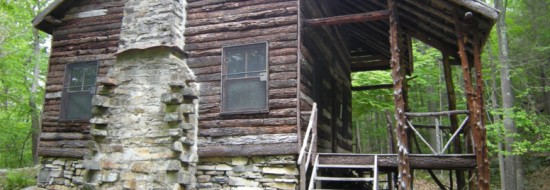
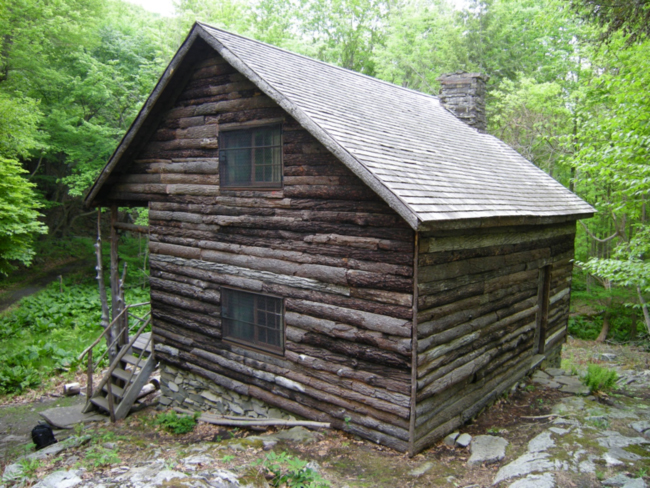
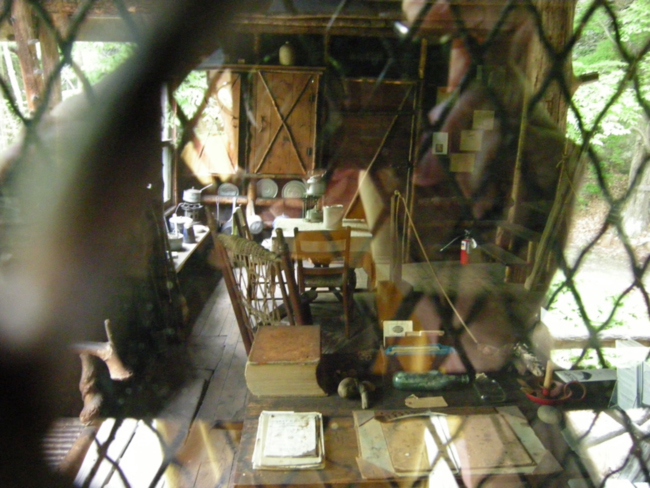
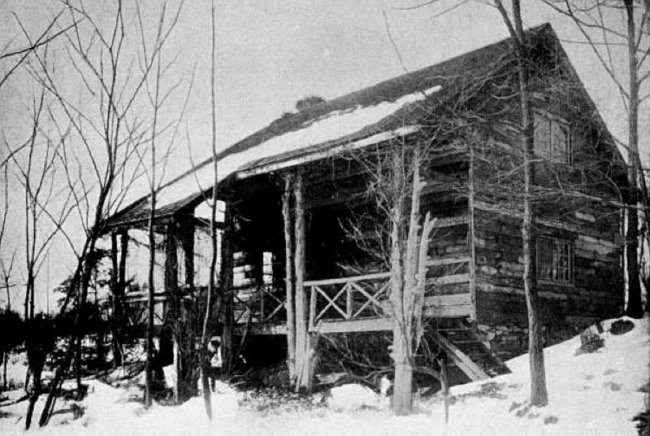
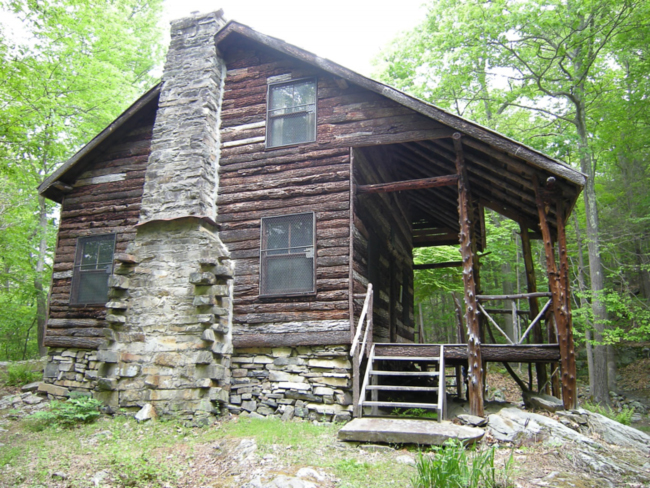
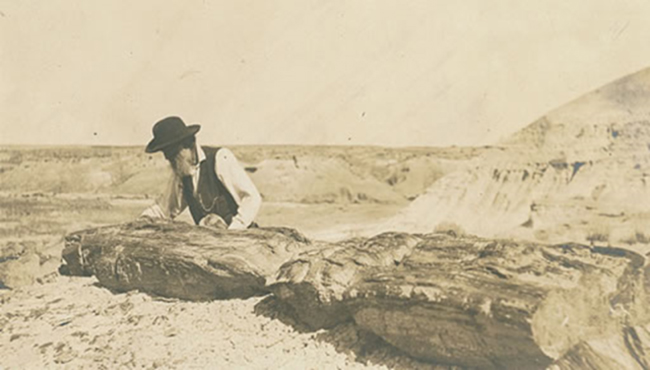

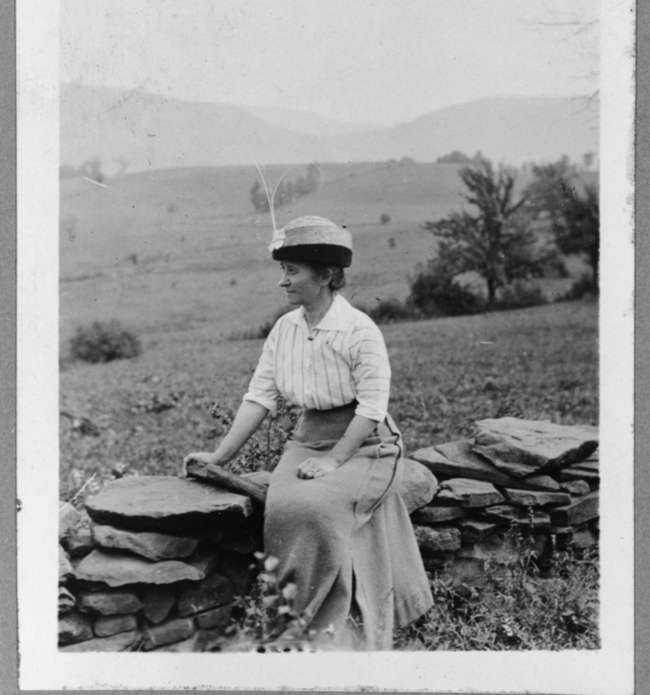
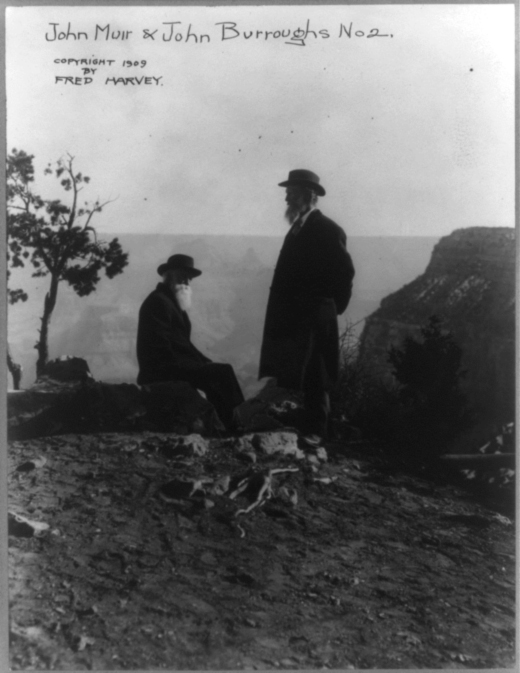
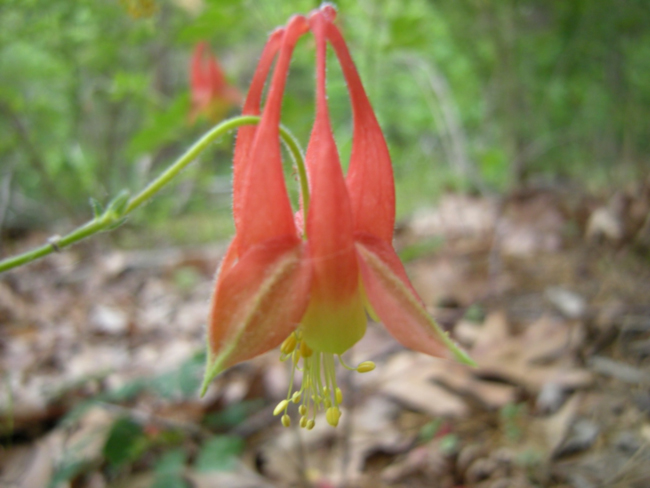
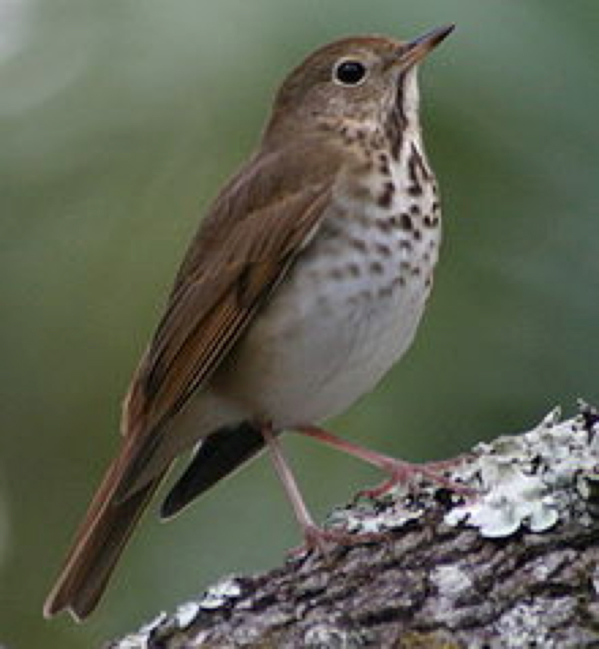
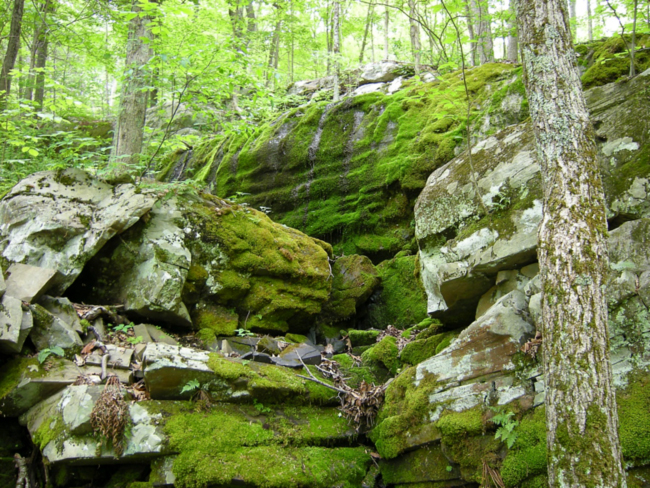



July 9, 2015 12:58 pm
Hi Bruce
This piece is really interesting. I had heard of Burroughs but didn’t know anything about him – and I went to college in the Hudson Valley! I just orderd one of his books on Amazon.
Hope all is going well.
Jim